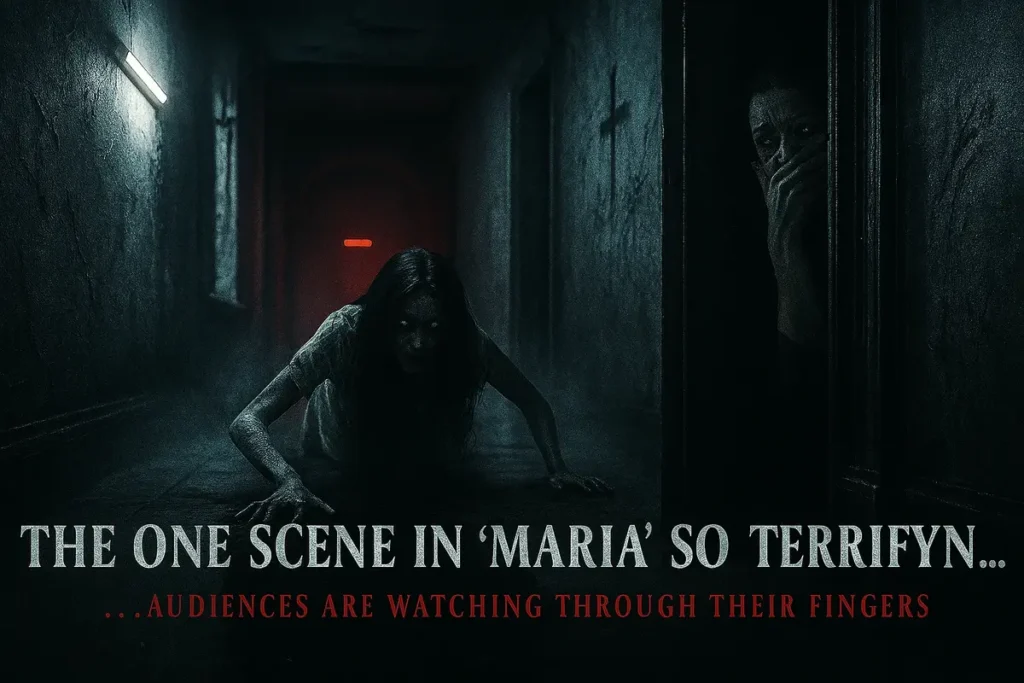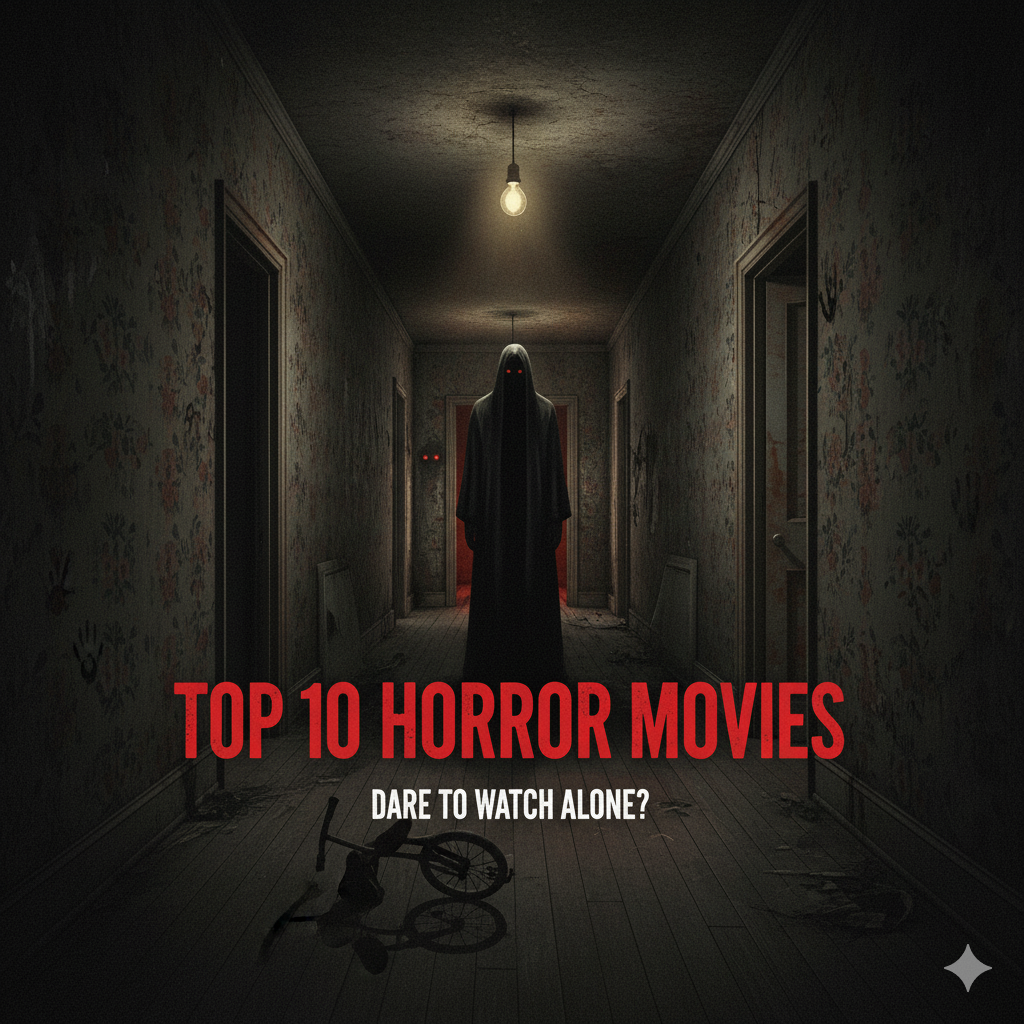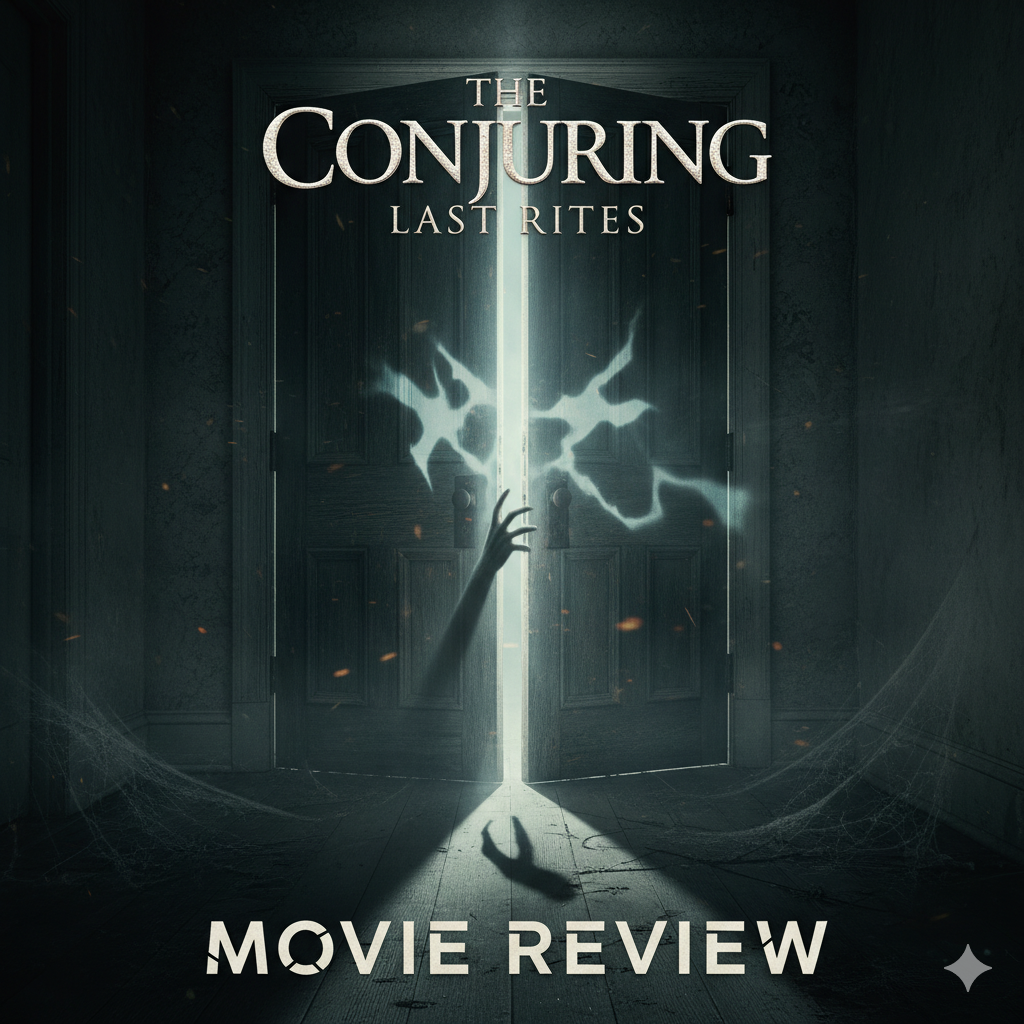
Introduction
Every great horror film has that one scene. The one that gets etched into your memory, the one you whisper about with friends as you leave the theater, the one that makes you check the backseat of your car that night. With the release of Maria this past weekend, it’s clear that Bollywood has delivered a new, all-time terrifying moment.
While the entire film is a masterclass in atmospheric dread, audiences nationwide are all talking about a single, unbearably tense sequence that is causing people to physically recoil in their seats. If you’ve seen the film, you know exactly what we’re talking about: “the cradle scene.” It’s a moment so perfectly crafted that it has set a new benchmark for fear in Indian cinema.
A New Benchmark for Bollywood Horror
For years, horror in India often relied on cheap jump scares and loud musical stings. Maria breaks this mold, understanding that what truly terrifies us isn’t the monster we see, but the one we can almost hear, the one we can feel just at the edge of our vision. This philosophy is perfectly distilled in the now-infamous cradle scene.
The Setup: A Deceptively Quiet Night
The scene begins with a deceptive calm. The protagonist, Ananya (played with haunting vulnerability by Triptii Dimri), is alone in the sprawling, dimly lit bungalow. The silence of the house is a character in itself—heavy and watchful. The audience is already on a knife’s edge, conditioned by the film’s relentless tension to expect the worst from every shadow and every creak of the floorboards.
The Lullaby That Chills Your Blood
Then, it begins. A faint, melodic sound drifts through the house. It’s a lullaby, sweet but sorrowful. Ananya, and the audience with her, is drawn towards the source. The sound design here is masterful. As she gets closer, the clean melody begins to warp. It degrades into a low, guttural, wet-sounding hum, as if the person humming has a throat full of water… or soil.
The Cradle Rocks Itself
The humming leads her to an old, forgotten nursery. In the center of the room is an antique wooden cradle, caked in dust and time. It is rocking gently, rhythmically, all on its own. The camera lingers on this impossible motion, forcing us to stare. The humming is now clearly emanating from the darkness within the cradle’s hood. This is where the true terror begins to take hold.
The Masterclass in Suspense: Leaning In
What happens next is a masterclass in building suspense. Ananya, driven by a terrifying mix of fear and curiosity, slowly approaches. The camera shifts to her perspective, making us feel like we are the ones taking those hesitant steps. She leans over the edge of the cradle, peering into the pitch-black void within, and the audience instinctively leans in with her, our hearts pounding in our chests. We are desperate to see what’s inside, and at the same time, we want to scream at her to run.
Silence, Then a Splintering Shriek
Just as she gets close enough to see, the humming stops. The film plunges into a split second of absolute, deafening silence. This icy void is more terrifying than any sound. And then, it happens. Two decayed, grey hands, fingers bent into claws, shoot out from the darkness and violently grip the sides of the cradle. They don’t reach for her; they just seize the wood as the cradle begins to shake violently, accompanied by a soul-splintering shriek that tears through the silence.
Why It's More Than Just a Jump Scare
This scene is terrifying not just because of the final scare, but because of the excruciating journey to get there. It’s a perfect symphony of horror elements:
- Auditory Horror: The lullaby turning from sweet to sinister.
- Psychological Suspense: The agonizingly slow walk and the unbearable “lean-in.”
- Visual Terror: The impossible rocking and the final, shocking reveal of the hands.
It preys on our deepest fears of the unknown and the corruption of innocence (a lullaby, a cradle). By the time the shriek comes, our nerves are so frayed that the release is overwhelming. It’s a scare that is truly, completely earned. Maria has delivered a scene that will be the yardstick by which future Bollywood horror films are measured.



